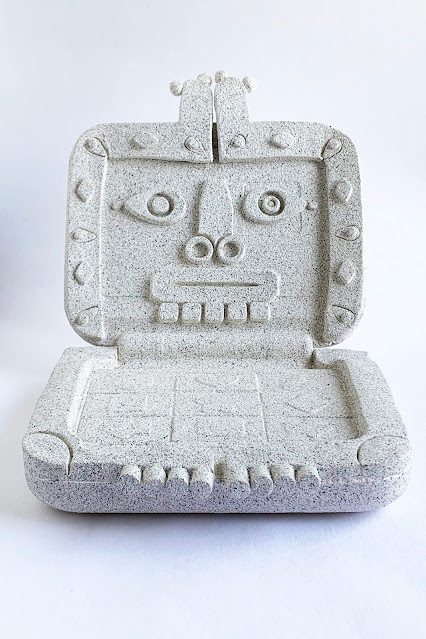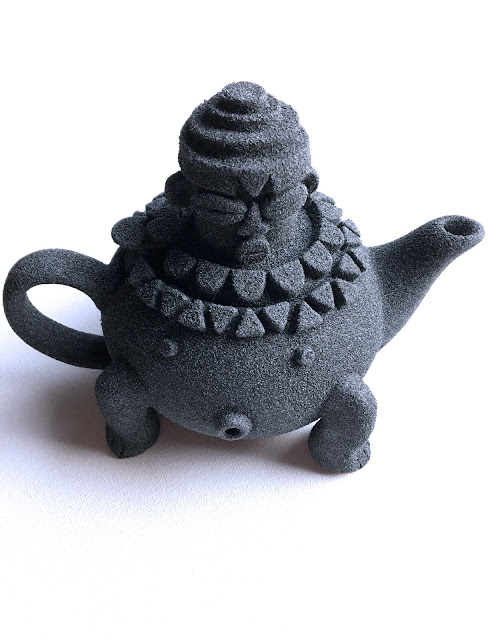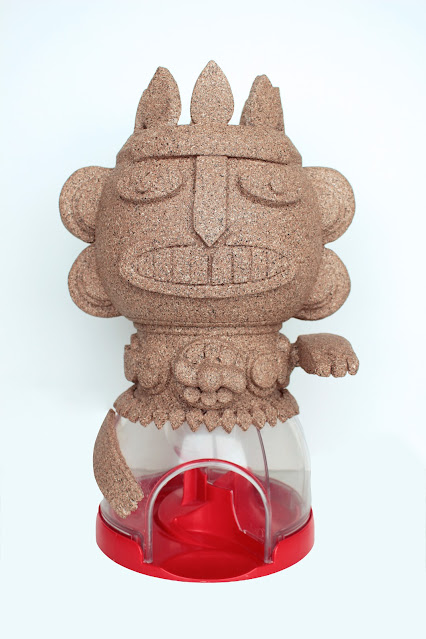The ongoing violation of indigenous rights, coupled with the exploitation of their land by colonial and capitalist practices, has resulted in the devastation of the natural environment. Throughout history, animals and plants have been invaluable assets, contributing to the exoticization of various regions. Indigenous communities worldwide serve as guardians of natural resources, and their displacement from their ancestral lands inevitably leads to the suffering of animals and vegetation.
“Not One of Us” intends to confront the complex relationship between colonialism and migration. The series “Runners” depicts refugees from diverse origins and their journeys, honoring those who seek refuge in a better future. The term “runner” refers both to individuals who flee and long narrow rugs used to connect hallways, symbolizing the role of refugees as connectors of cultures and places from around the globe.
In contrast to the fiber art pieces, the project includes a series of paintings titled “Forasteros,” the Spanish term for foreigners. These works explore historical and contemporary manifestations of colonialism, prompting viewers to contemplate the dynamics between first-world visitors to third or newly established countries and the influx of immigrants to the first world.
Beyond these works, the project also includes two welcome rugs, representing my home city and country (Bogotá, Colombia) and additionally, several small latch-hooked rugs depicting endemic and endangered species from various countries, primarily from regions with significant emigration patterns.
 |
| Rio Grande Portrays a Guatemalan woman and her family crossing the Rio Grande. |
 |
| Camino del Orinoco Portrays a Warao girl from Venezuela. The Warao people live along the delta of the Orinoco river. |
 |
| Central Mediterranean Route Portrays a boy coming from the northern part of Africa most likely Libya to Italy. |
 |
| Eastern Mediterranean Route Portrays an Assyrian father with his child. Assyrian people are found in Syria and Iraq. |
 |
| Silk Road Portrays two Kazakh teens fleeing from Xinjiang, China through the tundra. |
 |
| Pathway to Kangaten Portrays three women from South Sudan on their way to Kangaten, Ethiopia, one of the places where Toposa tribe people flee to. |
 |
| Diaspora Image inspired by the Syrian migration. |
Mzungu is used to refer to white people in Swahili speaking countries an it means wanderer in Bantu.
 |
| Welcome to Bogotá |
 |
| Welcome to Colombia |









































